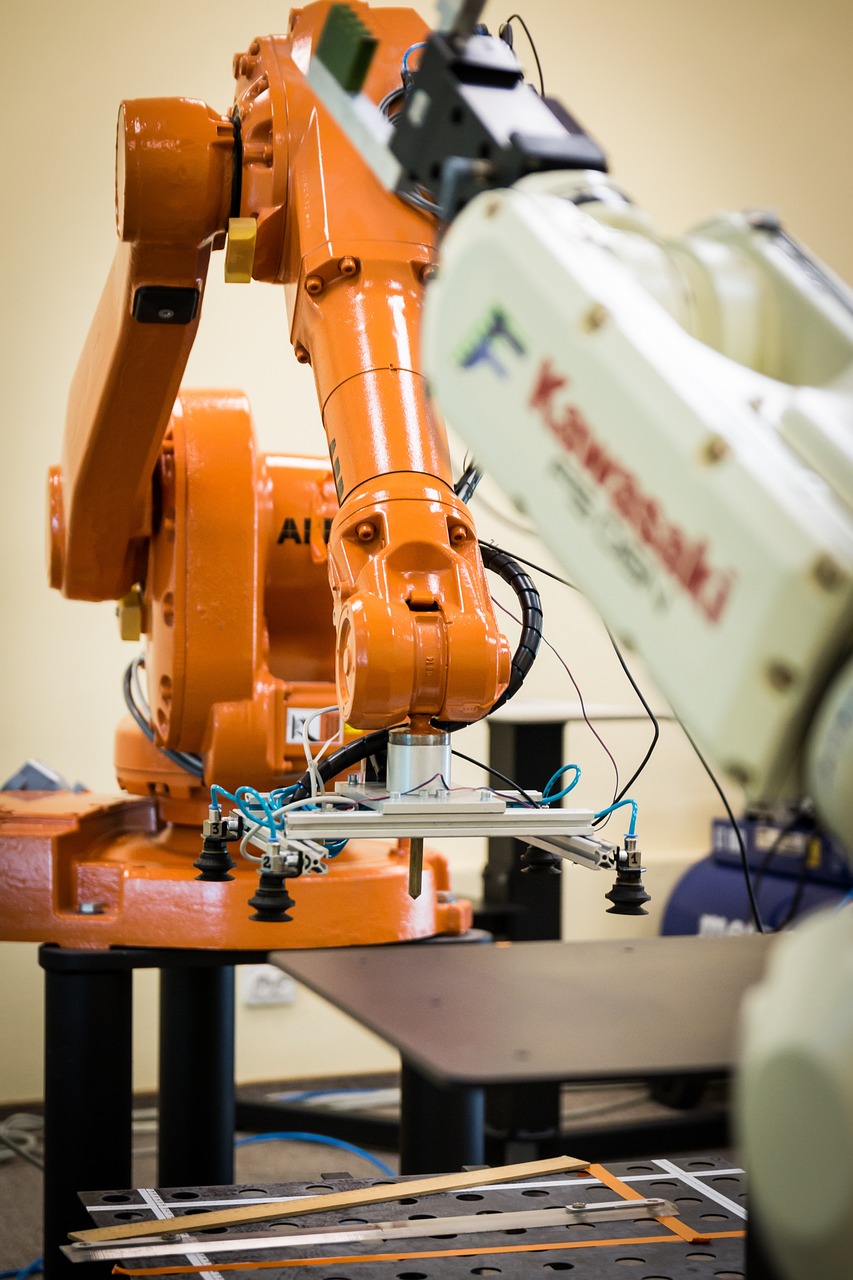An Essential Marketing & Sales Guide for Startups and Small Businesses
Artificial Intelligence (AI), Machine Learning (ML), Automation, and Robotics are becoming increasingly prevalent in the business landscape. For startups and small businesses, these technologies provide a unique opportunity to elevate their marketing and sales strategies. AI and ML, through their data-processing capabilities, can analyze vast quantities of information, providing valuable insights into customer behavior and market trends. This can aid in more accurate customer segmentation, personalized marketing, and efficient sales forecasting. Automation simplifies repetitive marketing and sales tasks, such as sending emails or qualifying leads, allowing businesses to focus on more strategic activities. Robotics, particularly in retail, can enhance customer service and manage inventory, leading to an improved customer experience. In essence, these technologies can greatly improve productivity, streamline processes, and contribute to growth in startups and small businesses, especially in their marketing and sales departments. However, the key is to complement these technologies with human interaction, striking a balance that maximizes the benefits of both.

AI and ML in Marketing and Sales Strategy

Automation in Marketing and Sales

